Bosque Recreativo del Monte Hakgasan (학가산자연휴양림)
14.2Km 2020-10-27
Hyuyangnim-gil 210, Bomun-myeon, Yecheon-gun, Gyeongsangbuk-do
El monte Hakgasan (882 m de altura) en Yecheon, provincia de Gyeongsangbuk-do, está localizado en una remota e intacta región que ha mantenido su belleza natural. Sin embargo, este bosque recreativo es fácilmente accesible tras un relajante paseo por la ribera del río.
Las cabañas de madera que se encuentran en el bosque completan el entorno natural. La refrescante esencia de la madera de los cipreses, junto con las cabañas, hacen que los visitantes se sientan rejuvenecidos. Además, los cálidos rayos del sol entran por las ventanas, dando a las cabañas un hogareño aspecto.
Por encima del bosque se encuentra el hermoso sendero con el que se puede llegar al pico de la montaña en unas 2 horas. Hay también otras instalaciones, como zonas para hogueras, un escenario al aire libre para actuaciones, un parque infantil, un gimnasio, un parque acuático y salas de lectura.
Festival del Songi de Bonghwa (봉화송이축제)
14.7Km 2025-09-26
Naeseong-ri 506, Bonghwa-eup, Bonghwa-gun, Gyeongsangbuk-do.
054-674-3053
Las setas songi (setas del pino) de Bonghwa están consideradas una especialidad de primer orden. Estas setas crecen solo en los pinos llamados chunyangmok, y pueden ser almacenadas durante largos períodos de tiempo. Durante el Festival del Songi de Bonghwa, los visitantes pueden ver estas setas en su hábitat natural e incluso tener la oportunidad de recolectarlas. También se pueden probar varios licores y especialidades locales elaborados a partir de las deliciosas setas songi.
Festival del Pez de Agua Dulce de Bonghwa (봉화은어축제)
14.7Km 2025-07-07
Naeseong-ri 506, Bonghwa-eup, Bonghwa-gun, Gyeongsangbuk-do
054-674-3053
El Festival del Pez de Agua Dulce de Bonghwa, que se celebra en el municipio de Bonghwa-gun, en la provincia de Gyeongsangbuk-do, ofrece numerosos programas interactivos que incluyen la pesca de pez dulce, carreras bajo agua y concursos de preguntas. La pesca del pez dulce, que tiene lugar dos veces al día en días laborables y tres veces los sábados, es la actividad más famosa del festival. Los ganadores de las carreras bajo agua y de los concursos de preguntas reciben especialidades locales como premio. Además, hay varios eventos educativos y culturales, tales como una exhibición de diversas especies de peces, un centro ecológico sobre el pez dulce en el que los visitantes pueden observar el hábitat natural del pez, el Museo de Moneda Coreana, el Centro Turístico Fotográfico de Bonghwa, pinturas sobre el pez dulce, cerámica, artesanías de hanji (papel tradicinal coreano), e inscripción en piedras.
Sobaeksan Punggi Spa Resort (소백산풍기온천리조트)
14.9Km 2023-10-30
1400, Jungnyeong-ro, Yeongju-si, Gyeongsangbuk-do
Sobaeksan Punggi Spa Resort, which sits gently at the foot of Sobaeksan Mountain, has a wide variety of facilities and amenities, as well as a great view. The resort has an outdoor spa, a 25-square meter outdoor swimming pool, Aqua Pool ride, a wading pool, a bade pool, and Yeonhwajeong, a great restaurant to enjoy delicious Korean food.
There is also a great spot to have an outdoor barbeque party with family and friends while enjoying the great taste of hanu (Korean beef). Sobaeksan Punggi Spa Resort aims to be the No.1 spa resort for the locals as well as tourists.
Parque Nacional del Monte Sobaeksan (Gyeongbuk) (소백산국립공원(경북))
15.1Km 2023-02-17
Punggi-eup, Yeongju-si, Gyeongsangbuk-do.
El monte Sobaeksan es una extensión de la cordillera Taebaek Sanmaek, la cual se puede referirse como la columna vertebral de Corea. El monte Sobaeksan fue designado como Parque Nacional N° 18 en 1987. La superficie total de este parque es de 320.50 km². En su pico más alto, llamado Birobong, hay muchas flores silvestres y azaleas.
La ladera oeste del monte Sobaeksan es empinada y los arroyos nacientes del río Nakdonggang fluyen hacia el río Jukgyaecheon, que muchas veces marcan el recorrido para escalar la montaña. Desde Birobong, siguiendo por Jukgyaecheon, podrá entrar a la mina Soekryun. Siguiendo el recorrido, se encontrará con el templo Choamsa, descendiendo un poco más, llegará a las cascadas Seokcheon y el templo Seongyeolsa. En este valle, también podrá ver la trucha de montaña, que solo habita en aguas cristalinas.
A 4 km. hacia el sudoeste de Birobong hay una camino llano que lo lleva a Yeonhwabong. Unos 4 km hacia el sur de esta montaña se encuentra un alto valle llamado Juknyeong. En el este de Yeonhwabong del monte Sobaeksan se pueden encontrar los antiguos templos Huibansa y Birosa de la época de Silla. En la entrada del templo Huibangsa, se encuentran las cascadas Huibang, que son consideradas las más hermosas de la provincia de Gyeongsangnam-do.
Debido a la cordillera y los valles, el Parque Nacional del Monte Sobaeksan posee un fantástico paisaje y es conocido por ser el hábitat de muchísimos animales, plantas y árboles.
Templo Bongjeongsa (봉정사) [Patrimonio de la Humanidad de la Unesco]
17.1Km 2023-05-23
Bongjeongsa-gil 222, Seohu-myeon, Andong-si, Gyeongsangbuk-do.
Edificado en el 12º año del reinado de Munmu de Silla, es una de las construcciones de madera más antigua del país. La zona en donde se encuentra ubicada el templo posee un ambiente natural puro, es decir, la condición ideal para proteger la salud. Además, a diferencia de otros templos que se van remodelando y adaptan un estilo más contemporáneo, el templo Bongjeongsa sigue conservando la tradición budista de la antigüedad en lo alto de la montaña. Este templo fue fundado por el monje Neungin en el año 672, durante el reino de Silla.
Templo Choamsa en Yeongju (초암사(영주))
17.2Km 2025-10-16
Jukgye-ro 315-beongil 330, Sunheung-myeon, Yeongju-si, Gyeongsangbuk-do.
Situado en Baejeom-ri de la ciudad de Yeongju, el templo Choamsa fue construido por el monje Uisandaesa. Aquí fue la residencia temporal de este monje mientras buscaba el lugar para fundar el templo Buseoksa. Después de la fundación de Buseoksa, el monje regresó para construir otro templo que actualmente es Choamsa. Por los grandes muros y gigantes piedras de base, se cree que antes era un gran complejo habitado por muchos monjes y con importantes tesoros.
Hakgasan Chamma Sikdang(학가산참마식당)
17.3Km 2021-04-09
677, Bukpyeong-ro, Andong-si, Gyeongsangbuk-do
+82-54-868-7456
It is a good house with delicious dishes including fresh yams, where side dishes are cooked every morning. This Korean dishes restaurant is located in Andong-si, Gyeongsangbuk-do. The most famous menu is bulgogi.
Chunujae House (춘우재고택)
18.4Km 2025-07-18
101, Matjil-gil, Yongmun-myeon, Yecheon-gun, Gyeongsangbuk-do
Chunoojae Old House in Jeogok-ri, Yecheon-gun, Gyeongsangbuk-do, is a late Joseon period hanok built by Kwon Jin, grandson of Kwon Eui. Gingko, peepal trees and chrysanthemums grow in its well-tended yard, and every year the petals are gathered for tea brewing, and the branches trimmed and soaked to make alcohol. There are seven guestrooms, and in the summer group visitors can make a bigger space by renting 2 or 3 together. Various traditional food experiences, such as soybean paste making, are offered. For groups of 10 or more, reservations should be made at least a week in advance.
Byeolcheongung (별천궁)
18.6Km 2021-03-30
141, Bongjeongsa-gil, Andong-si, Gyeongsangbuk-do
+82-54-857-4168
It is a restaurant with a hanok interior. This restaurant's signature menu is set menu with grilled salted mackerel. This Korean dishes restaurant is located in Andong-si, Gyeongsangbuk-do.

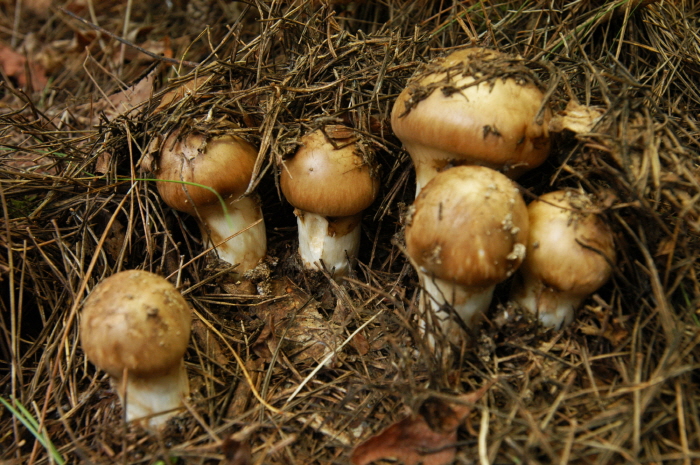
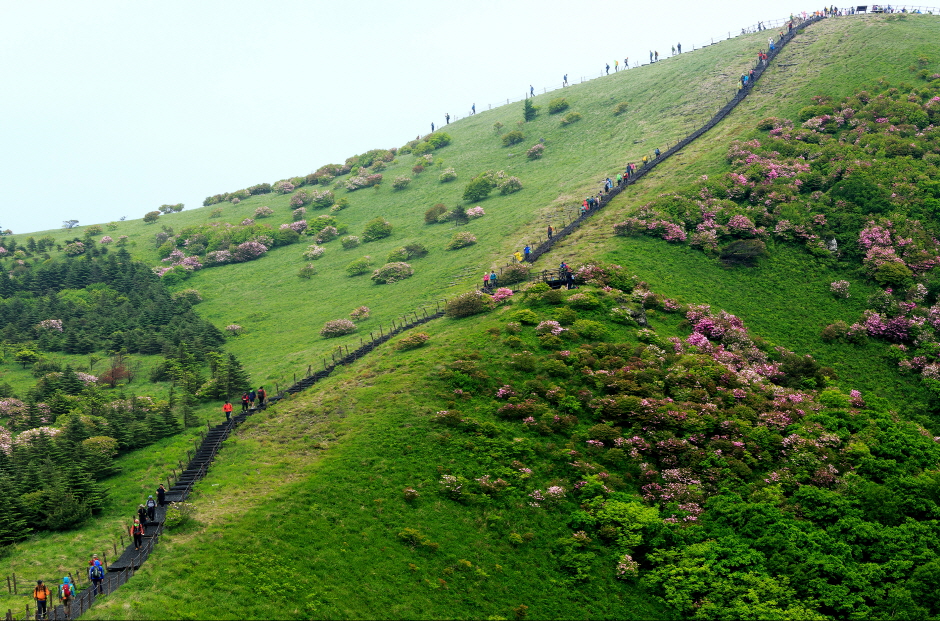
![Templo Bongjeongsa (봉정사) [Patrimonio de la Humanidad de la Unesco]](http://tong.visitkorea.or.kr/cms/resource/16/2654216_image2_1.jpg)
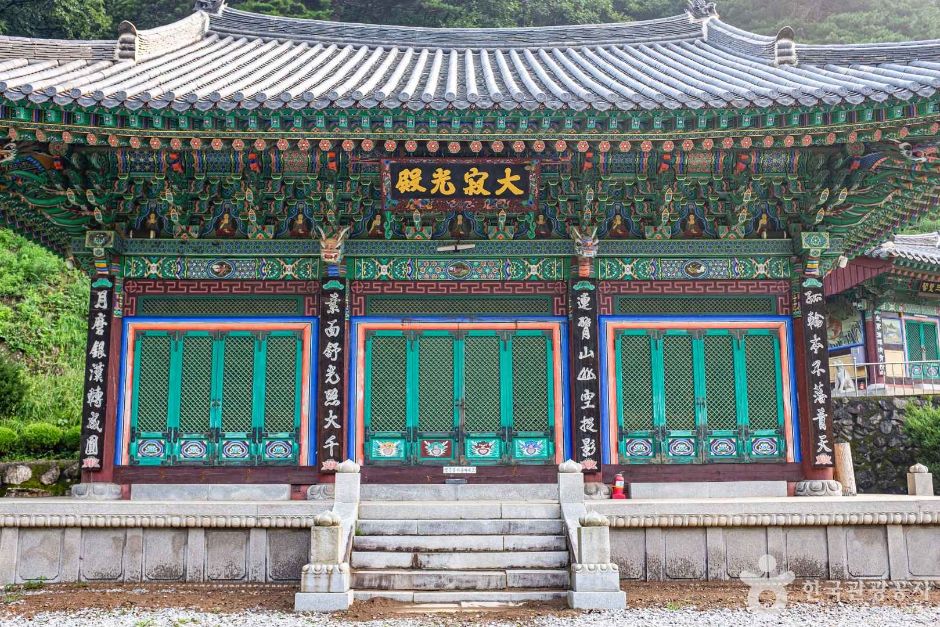
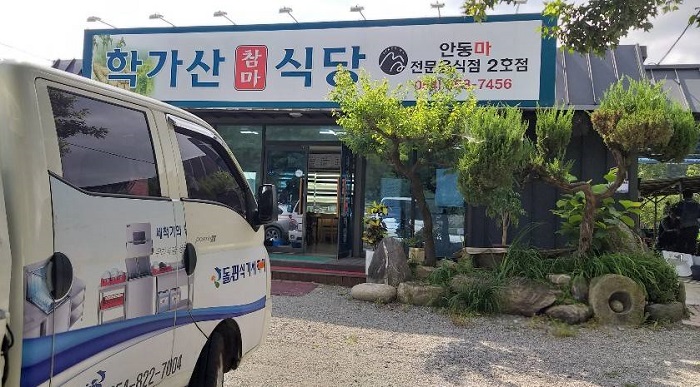
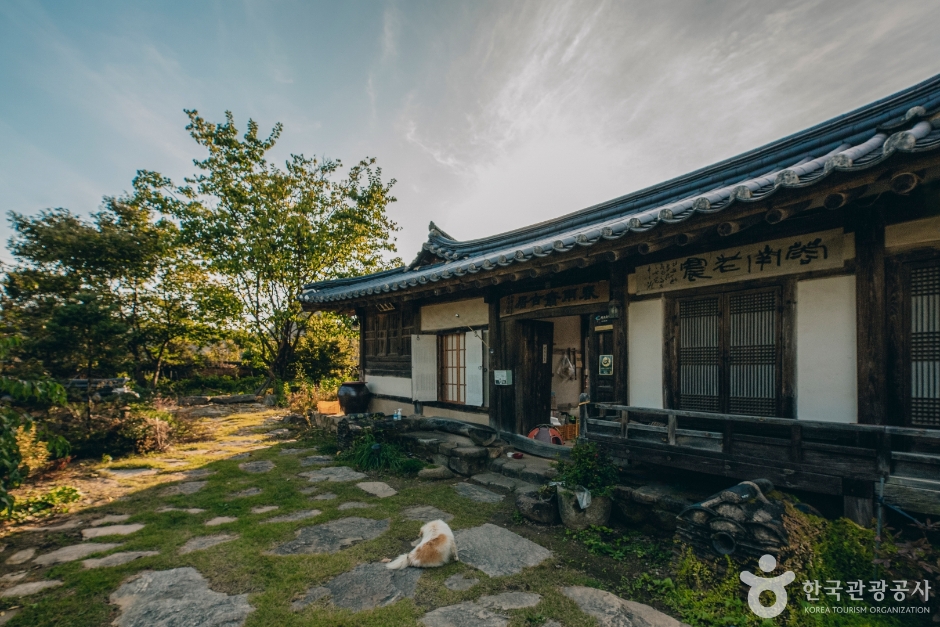
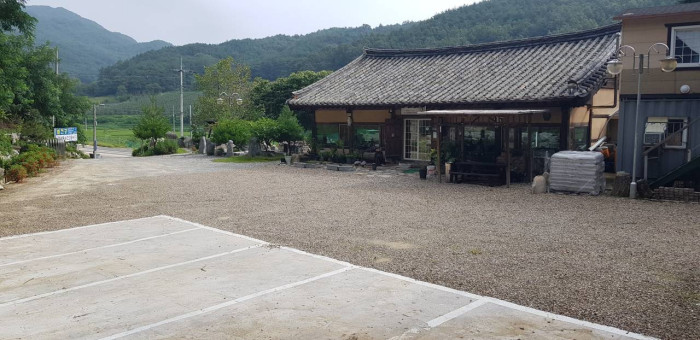
 Español
Español
 한국어
한국어 English
English 日本語
日本語 中文(简体)
中文(简体) Deutsch
Deutsch Français
Français Русский
Русский